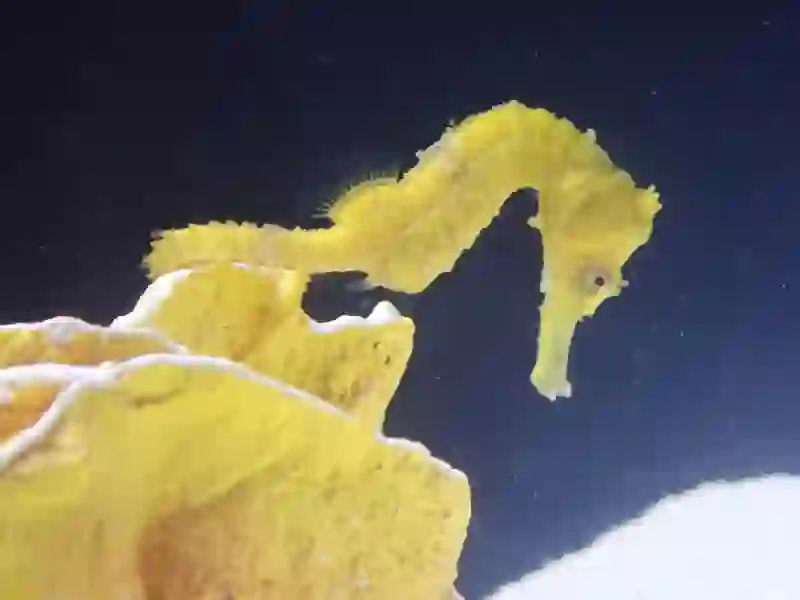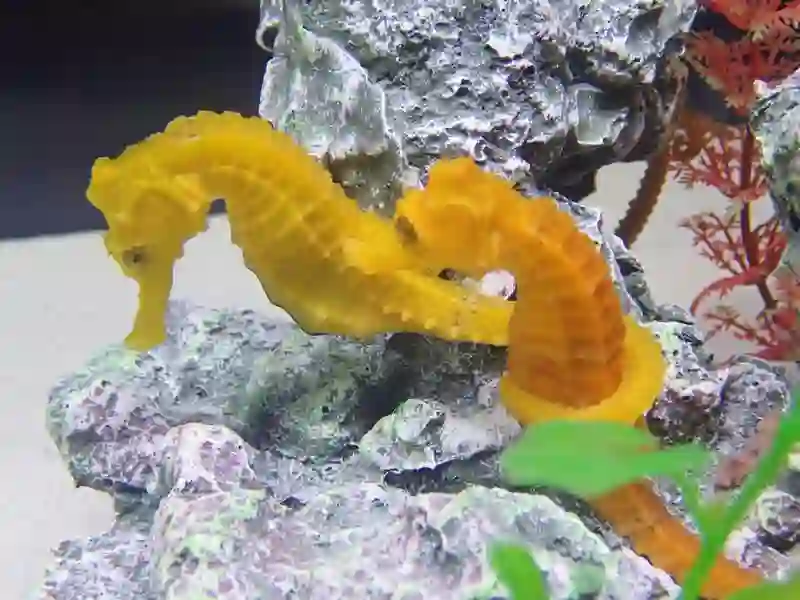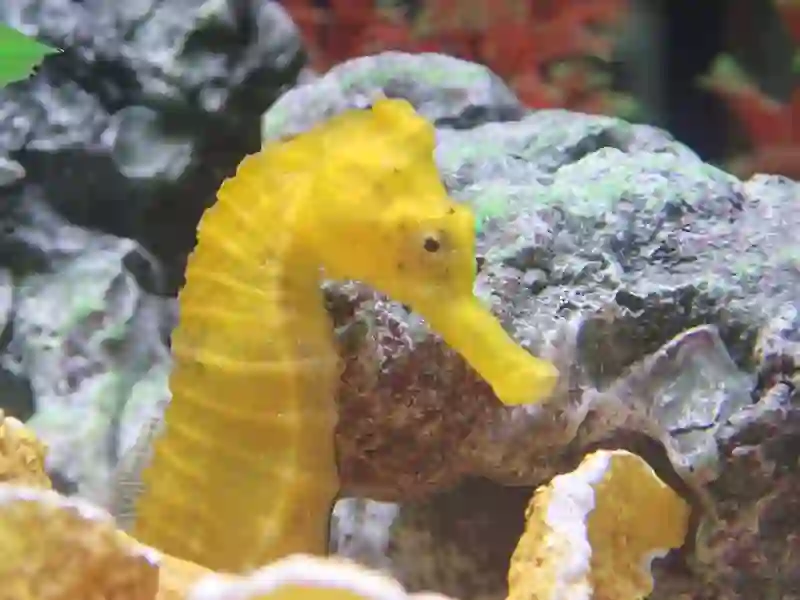
Hippocampus Reidi
Hippocampus reidi, or the longsnout seahorse, is a species found along the Atlantic coast. They thrive in the tropical and subtropical waters of South America, particularly around Brazil, Venezuela, and Colombia.
These seahorses are known for their vibrant appearance. With slender bodies, curled tails, and elongated snouts, their color patterns vary widely — yellow, orange, red, brown, or black, often marked with spots, stripes, or blotches. This visual diversity makes them especially popular in aquarium displays.
They inhabit coral reefs, seagrass beds, and coastal areas, anchoring themselves to seaweed or rocks with their prehensile tails. Using their tube-like mouths, they feed on small invertebrates and plankton near the ocean floor.
Hippocampus reidi also exhibits sexual dimorphism, with males possessing a brood pouch where they incubate fertilized eggs until hatching. This unique reproductive method is a key focus in modern sea horse breeding programs, which aim to replicate natural cycles in controlled environments.
Due to threats like habitat degradation, pollution, overfishing, and illegal trade, wild populations have declined. Many regions, including Brazil, have enforced strict protections, prohibiting the capture of wild Hippocampus reidi. All international trade now requires valid CITES certification.
To support conservation efforts and reduce pressure on natural populations, our company has invested in sustainable sea horse breeding practices. By raising seahorses in captivity for both the aquarium and traditional medicine markets, we contribute to marine biodiversity while offering a legal and ethical alternative to wild harvesting.

